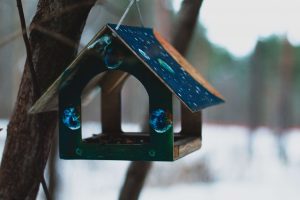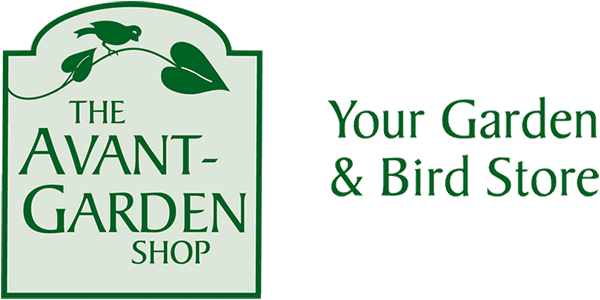 New feeders, pole systems, and baffles to keep squirrels away?
New feeders, pole systems, and baffles to keep squirrels away?
Check!
New, fresh, high-quality bird seed?
Check!
Binoculars, identification guide, and excited anticipation about all the birds you’re going to see?
Check!
Birds?
… insert cricket sounds here …
So what’s up with that?
There are plenty of reasons why there aren’t any birds coming to your new (or existing) feeder.
First, they may not know about it yet. Birds often establish regular feeding routes that include several known and reliable sources of food, particularly in the winter. It can take some time for them to discover your setup while they’re out and about. Patience may be all that’s needed.
Second, your feeder may not be in an ideal location. Birds don’t just want food: they want safe access to it, which means there’s cover nearby into which they can escape quickly if they sense danger, such as cats or hawks. In the spring, summer, and fall, this can be almost any tree or shrub, but in the winter, it means coniferous trees and shrubs. Northern Cardinals love cedar, and Black-capped Chickadees and finches love spruce and enjoy spruce cone seeds. The feeder needs to be close enough to conifers that the birds can escape to them quickly, so try moving your feeder closer to conifers if you have some, keeping it far enough that squirrels can’t leap from them onto your feeder, though.
Third, birds seem to rely on feeders more in extreme cold, taking advantage of natural food sources when it’s warmer. We haven’t had a lot of deep cold yet this year. That’s sure to come, so, again, it might be as simple as patiently waiting.
Fourth, it’s possible – but uncertain – that the colour of your feeder may be a factor. Colour plays a crucial role in territory establishment and mate attraction, and birds’ colour vision is superior to humans’. Not a lot is known about whether the colour of a bird feeder influences birds’ decision to use it; however, silver and green feeders were visited more often than red or yellow feeders in a 2017 study in the UK.
Finally, food. Birds need to conserve energy in the winter, and they will quickly learn to avoid feeders that provide sub-optimal food (e.g., lots of inedible filler, moldy, a high proportion of empty shell husks, or a frozen clump of seed). Be sure to keep your feeder stocked with fresh, high-quality, dry food and clean your feeder often to prevent it from getting moldy.
We had fewer birds in general last winter than in typical years, and January 2020’s blog post, Where are the Birds? offers other considerations.
